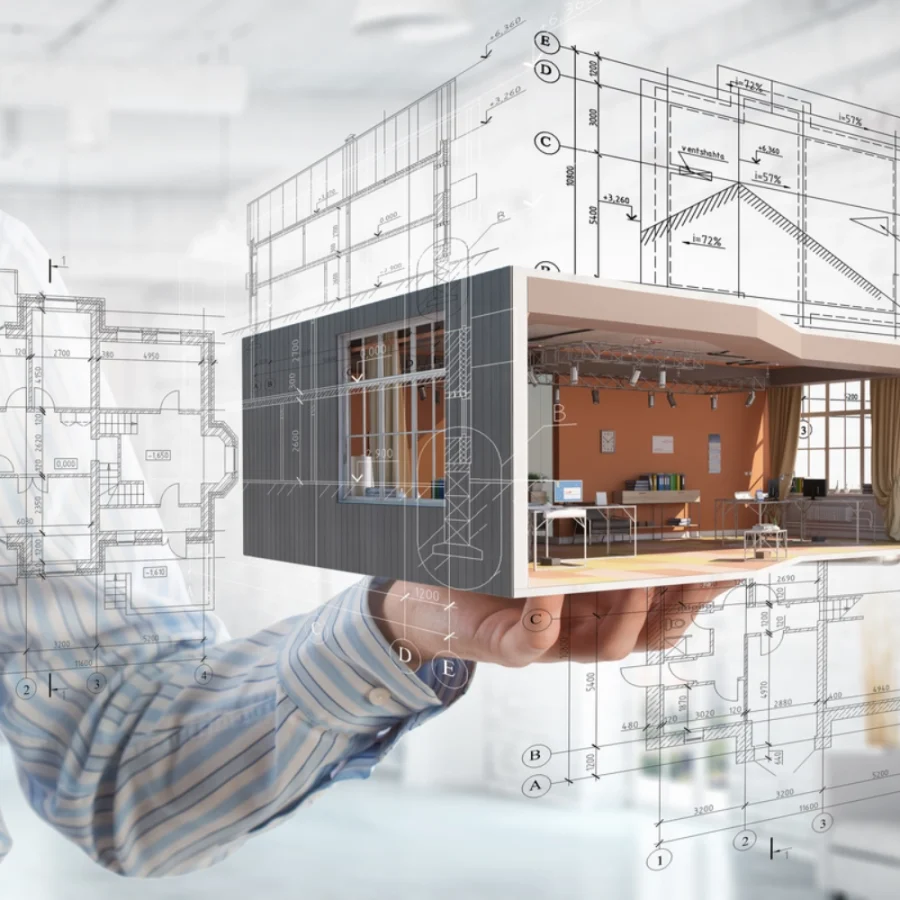The Elegance of Innovation Discover Innovation with Industrial Design!
The Art of Technology Industrial Design
Industrial design is the process of using design principles to enhance the functional and aesthetic features of a product. It combines various disciplines and principles of design to ensure that a product is user-friendly, ergonomic, economical, manufacturable, and environmentally sustainable. The primary goal of industrial design is to improve the interaction between a product and its user and to enhance the product’s functionality.
In this process, designers consider aesthetic elements, usability, material selection, manufacturing processes, and ergonomics. Industrial design often forms part of the product development process and may include pre-production prototypes, 3D modeling, user testing, and other design tools. This discipline aims to increase the product’s chances of success by guiding it through various stages before its market launch.
In this process, designers consider aesthetic elements, usability, material selection, manufacturing processes, and ergonomics. Industrial design often forms part of the product development process and may include pre-production prototypes, 3D modeling, user testing, and other design tools. This discipline aims to increase the product’s chances of success by guiding it through various stages before its market launch.

Our Working Processes
Usability and Ergonomics
Industrial design focuses on usability principles to make products easier to use and ergonomic. This ensures that products are comfortable to use and meet users' needs.
Aesthetics and Brand Identity
Industrial design has a significant impact on the visual appeal and brand identity of products. Aesthetic design can enhance user interest and attachment to the product.
Material and Manufacturing Techniques
Industrial design optimizes products in terms of selected materials and manufacturing techniques. Choosing appropriate materials and production methods supports the successful market launch of the product by balancing cost and performance.
Environmental Sustainability
Industrial design focuses on minimizing environmental impact throughout a product's lifecycle. This includes using recyclable materials, energy efficiency, and reducing the environmental effects of manufacturing processes.
Durability and Reliability
Industrial design incorporates engineering principles to increase the durability and reliability of products. Resistance to wear, longevity, and dependable performance are key aspects of industrial design.
Manufacturing and Assembly Ease
Industrial design aims to optimize manufacturing and assembly processes. Efficient production and easy assembly can reduce costs, speed up production processes, and improve product quality.